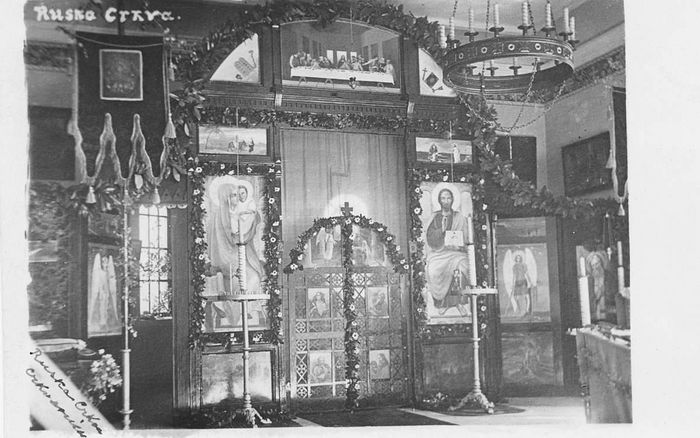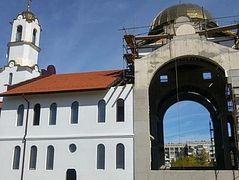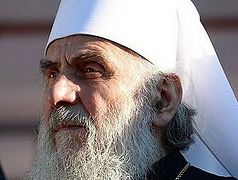Zagreb, Croatia, April 11, 2019
The Russian embassy in Croatia is making efforts to restore the sole Russian Church in Croatia, built by Russian immigrants in the 1920s.
“Taking this opportunity,” Russian ambassador to Croatia Anvar Azimov said in an interview with TASS, “I would like to touch upon the embassy’s very important issue of the sole Russian Orthodox Church in Croatia, of St. Nicholas the Wonderworker, which was built here on the coast in the city of Crikvenica in 1924 on the funds of the widow of the Russian diplomat in Belgrade Nikolai Gartvig. The church is very beautiful, located on the coast, and many Russian tourists come to it in the summer, but it’s not functioning.”
“We are interested in preserving this monument,” the ambassador continued. “The Serbian Orthodox Church has no opportunity to restore the church, but the building is in critical condition, the frescoes and many icons are damaged, the roof leaks, and the dome is about to fall.”
Azimov explained that they would like to raise the necessary funds to restore the church, and that the Serbian Church does not mind if services are held there in the meantime for the Russian diaspora, inviting priests from Belgrade, Slovenia, or Italy. They plan to appeal to Russian foundations that deal with the restoration of churches.
“Even a small repair would require at least $112,650 (100,000 euros)… But if we do not start the reconstruction of the church in the near future, then our descendants, I think, will not forgive us for it,” the diplomat said.
History of the church
After the civil war in Russia, several tens of thousands of people emigrated to Yugoslavia, with many Russians settling in Croatia, and especially in the town of Crikvenica. The church was built with funds from Alexandra Gartvig, the widow of the Russian ambassador to Belgrade and a cemetery was eventually built around the church.
The church belonged to the Russian Orthodox Church until 1954, when it was transferred to the Serbian Church. However, the Serbian Church was unable to maintain the building in good condition and the church ceased functioning in the 1970s.
Since then, the area around the church has been greatly reduced, with large areas being sold for a neighboring villa. The cemetery has also disappeared, with some graves being moved to the city cemetery and the rest simply being built over with private residences. The remaining area is heavily overgrown and the church was almost invisible until Russian activists discovered it a few years ago.
The Russian diaspora and embassy’s interest prompted the Serbian Church to fix up the territory around the building in 2016, but there is no money for the necessary repairs.
Follow us on Facebook!





